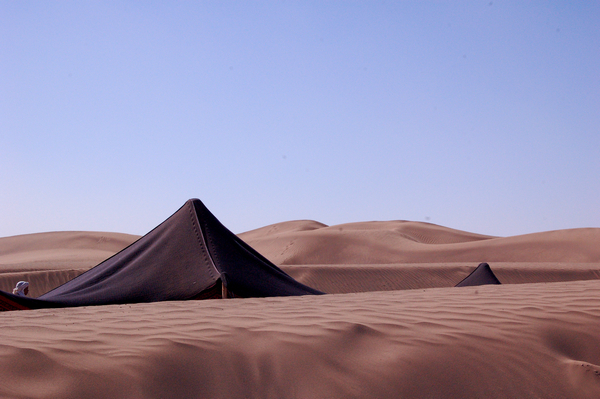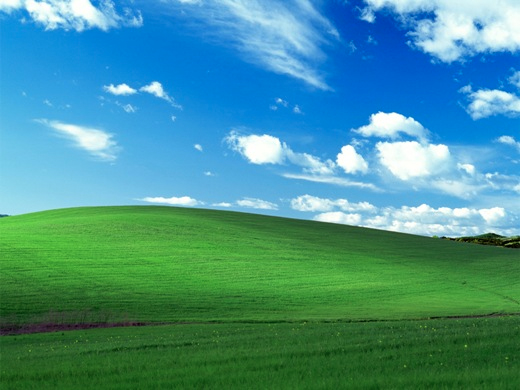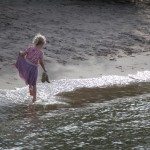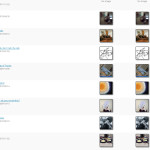As I was browsing through my archive anyway, I also picked some photo's for an…
Picturesque
This is my best picture from the Taragalte festival, I’m using it as a screensaver at the moment. It really is a lot like the standard Windows screensaver, only desert variety. Notice the man in desert outfit? I waited especially for someone like him to pass by … made me feel like a tourist in Volendam checking passers-by for wooden shoes. Well, I was an tourist and it was picturesque.
Wiki: Picturesque is an aesthetic ideal introduced into English cultural debate in 1782 by William Gilpin in Observations on the River Wye, and Several Parts of South Wales, etc. Relative Chiefly to Picturesque Beauty; made in the Summer of the Year 1770, a practical book which instructed England’s leisured travelers to examine “the face of a country by the rules of picturesque beauty”. Picturesque, along with the aesthetic and cultural strands of Gothic and Celticism, was a part of the emerging Romantic sensibility of the 18th century.
The term “picturesque” needs to be explained in terms of its relationship to two other aesthetic ideals: those of the beautiful and the sublime. By the last third of the 18th century, Enlightenment rationalist ideas about aestheticism were being challenged by looking at the experiences of beauty and sublimity as being non-rational (instinctual). Aesthetic experience was not just a rational decision – one did not look at a pleasing curved form and decide it was beautiful – rather it was a matter of basic human instinct and came naturally. Edmund Burke in his 1757 Philosophical Enquiry into the Origin of Our Ideas of the Sublime and the Beautiful said the soft gentle curves appealed, he thought, to the male sexual desire, while the sublime horrors appealed to our desires for self-preservation.[1] Picturesque arose as a mediator between the opposed ideals of beauty and the sublime, showing the possibilities that existed in between these two rationally idealized states. As Thomas Gray wrote in 1765 of the Scottish Highlands “The mountains are ecstatic.. None but.. God know how to join so much beauty with so much horror.”[1] See also Gilpin and the picturesque.
| « Down the mountain | <-- previous post | next post --> | Fair » |
|---|










